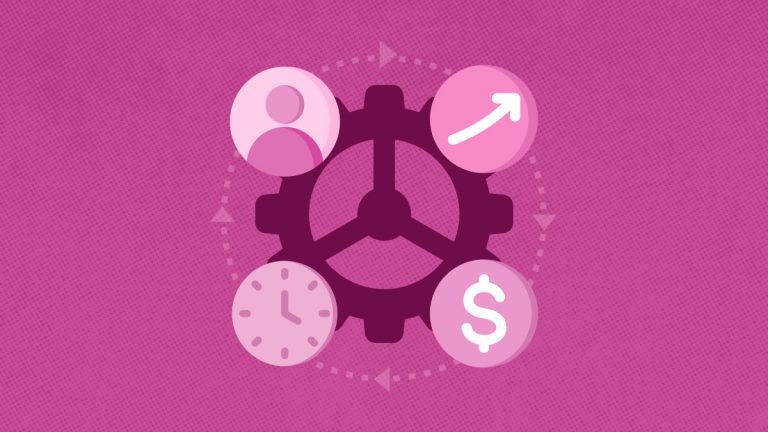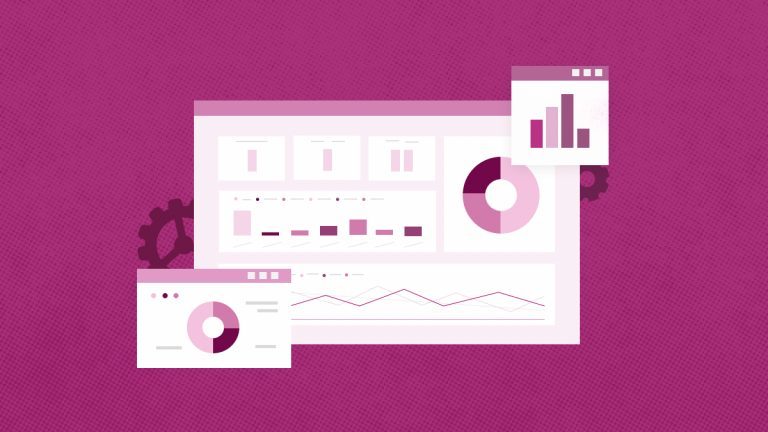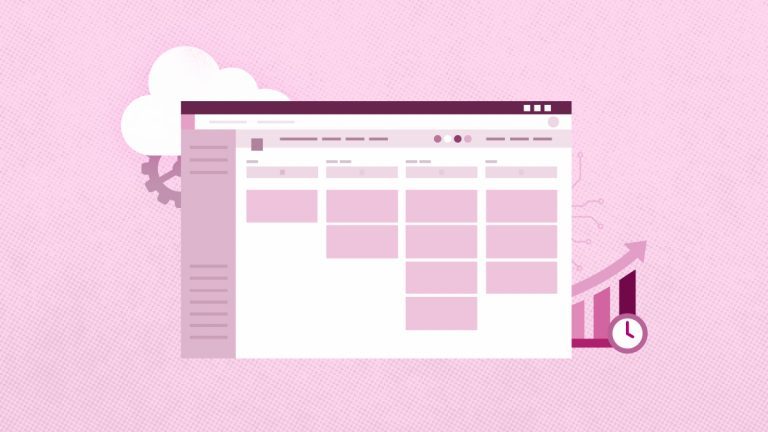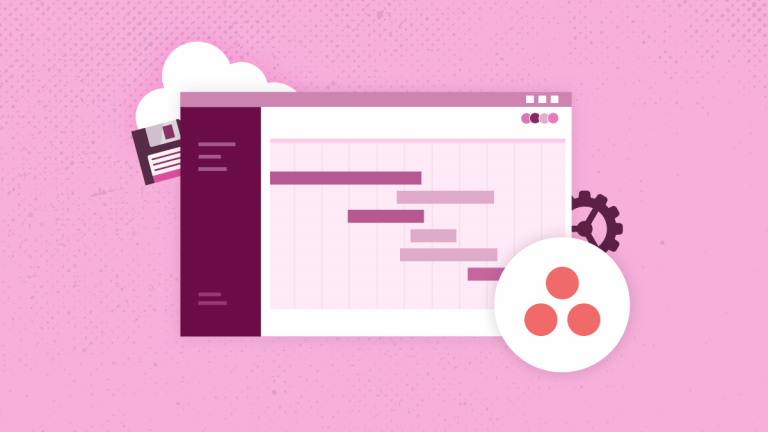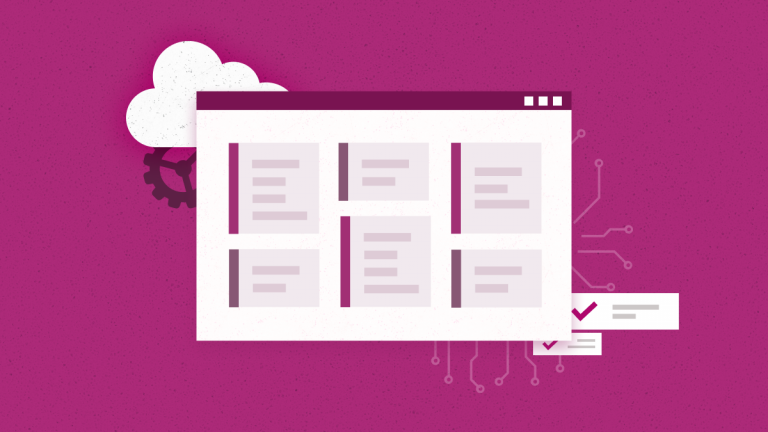
Anna Shalomova
PPM Consultant
Technologies have conquered our everyday life. And the new “it” software, app, or solution takes center stage every couple of months. At this pace, businesses have two choices – to change tools every once in a while, or choose “integrations.” Suppose you’ve chosen well and are pleased with your project management tool, CRM, ERP, Cloud storage, eSignature, or even Messenger. In that case, you have to figure out what integrations are and how they make life, work, and customer relations easier and faster. We promise—“Integrations” is not just another cool term invented for marketing new products.
What integrations are and why you need to consider them
To begin with, you need to decide what integrations are. Consider a simple example: imagine a retail toy company. One small store requires not more than keeping track of inventory and logistics by maintaining several Excel sheets, an accounting program, and a small database. No cross-sectional analytical reporting is required because the store’s profit is immediately visible when the business grows to 10 stores, two warehouses, and an online store. By this point, we hope the store owner has already abandoned Excel as a means of accounting and went with something more useful and tangible, like Microsoft Office 365 – Planner, Teams, and everything.
However, even if you’ve outgrown the kiddie pool, one of the common mistakes of small and mid-sized businesses at this point is getting one tool for solving one task at a time. The majority of US enterprises adopt software for each task separately. For example, the online store is implemented by the efforts of a third party, Accounting uses Peachtree, HR has JIRA and Trello on their side, Marketing went for Planner in conjunction with Teams, and third-party subcontractors have long ago chosen a solution from another vendor. The problem is that none of these solutions “knows” about the existence of others. As a result, the IT department has to unload databases for accounting every month, then tries to keep this information in at least some order and compile some reports.
At this point, understanding the value of IT integrations is a necessity for virtually any organization, whether it’s a small company, medium-sized business, or large corporation. The larger the company, the more complex the tasks have to be solved by its IT department; the more projects to be tracked, and the more portfolios to be reported.
What are the benefits of creating a wholesome business model by integrating your project, task, and work management apps and solutions with one PPM platform?
-Business Outcome Modeling
-Overall Performance Improvement
– Unified Visibility
-Compliance and Auditing
-Dynamic Execution
-Process-Independent Case Management
-Case-Independent Strategic Control
-Advanced Information Management

Make an informed choice in favor of a systematic approach
Note that even if integrating the systems in an organization is not yet acute, the interaction between them should already be automated. Most often, the output will be an IT solution, primarily implemented “spontaneously.” Unfortunately, the systematic approach is rarely the one chosen spontaneously. In each case, the integration problem is solved ad hoc, which is an “invention of the wheel” every time. The following factors influence the integration task:
1. Heterogeneity. In large projects, there is rarely an opportunity to use platforms and tools from the same manufacturer, so you have to consider the heterogeneity of platforms, both software and hardware.
2. Heredity. Often, there is no possibility to abandon the legacy of IT infrastructure, outdated systems and technologies, and the old “hardware,” which does not help simplify the integration task.
3. Mobility. With the development of mobile technologies, user interaction is increasingly being carried out through public channels, in transport, on the street, at home, and in public places.
4. Continuity. As you know, progress does not stand still, and all IT products continuously develop, new versions of the software are released, and companies are replacing equipment. All these processes should be carried out without stopping the integration between the system’s components, which complicates the process.

How to solve the problem of integration when it arose
“Integration” is a broad term used in the diverse technological landscape to connect multiple software applications and hardware systems within an organization. Several tools and methods allow you to implement your strategy more efficiently and swiftly. Integration Hub is just the platform designed to use as many tools as you need.
When the organization has already established the interactions between the information system, the next stage is a single automated chain in which a person and a “machine” perform their part of the work, forming an effective business process. The “messy” part of this equation is day-to-day project management issues. Integration Hub solves just that for you. Portfolio management becomes over time faster and easier with data on your employee’s work; tasks are placed and completed, and projects as a well-balanced system occur.
Three consecutive steps in the process of building a complete and adequate portfolio, fueled by integrations, start with data normalization. Then we establish automated interaction between applications and organize end-to-end business processes. When the number of clients, projects, and employees grows, it’s great for business. Consequently, this number requires a more complex and comprehensive management approach, like adopting project portfolio management for strategic alignment and efficient use of resources. Integration of all project, task, and work management tools you inevitably end up with has the option to integrate all your tools into one continuous and concise PPM solution.
When you and your business are out of the kiddie pool, you face the growth of several data streams related to your project portfolios. It is time to find a way to create a link between those data streams. Integration Hub is a tool that was created for this particular task. A framework allows your data streams to intertwine a mediator through which the relationship between all the business processes (inside and out) is connected. Integration of all the aspects into one clear and flexible model allows tracking, modifying, and managing all relevant aspects of every individual project in your portfolio and the system as a whole. Leveraging your PPM efforts via intertwining your multiple interfaces for cross-functional integration within the PPM process can help you grow, find, and prevent limitations and risks and foresee contingencies for your business in one place, with no need for manual data upload.
We’ve got some new trends in IT integrations for business on our hands
Adopting Cloud-based integration solutions, like Integration Hub, will be the next big thing due to the Cloud availability, effectiveness, flexibility, and faster connectivity to run multiple applications. Hybrid integration technology enables users to access on-premise and Cloud application-based data besides incorporating new systems within the organization. These solutions help save the cost of data transfer, gain a competitive edge, and drive innovation.
One of the most fashionable trends in real-time integrations is a preventive strike against the inevitable results of chaotic tool adoption. FluentPro Integration Hub is a leading Cloud-based platform for connecting project and portfolio, work management, and financial management systems. Integration Hub is a universal, scalable, and extendable service. It supports multiple flexible connectors, which allows you to skip code changes and provides an unprecedented accelerated deployment timeline. Why Integration Hub? Because it guarantees:
-Secure, Cloud-based, SAAS platform hosted on Microsoft Azure
-User-friendly, intuitive web interface for configuration management
-Script-based data transformation and verification rules
-Extensive logging capabilities
-Audit trail/transaction logs
-Full integration with project server and online project security
-Scheduled, fully automatic, and manual synchronization options
-Unidirectional or Bi-directional synchronization
-Support of all custom attributes
The benefits of adopting this technology include intertwining project planning, project management, and cost management; it allows real-world scenarios to get the highest work effectiveness; it ensures the availability and transparency of the information for administration, stakeholders, and investors. The best thing about it is that it is a one-stop shop–say goodbye to double data entry and manual unload-upload monthly rituals.
Learn more about integration options
by scheduling a free consultation with FluentPro Team



